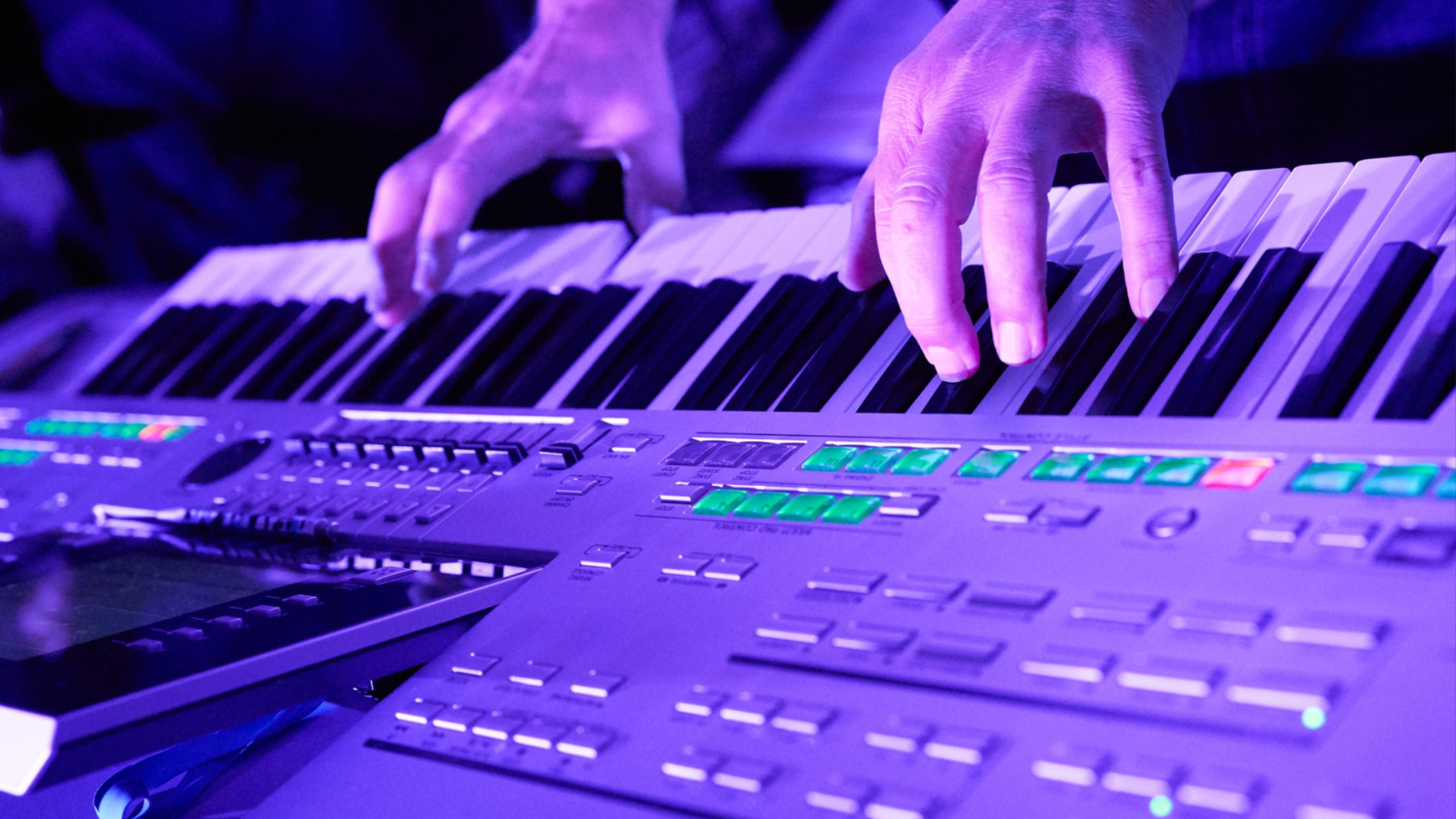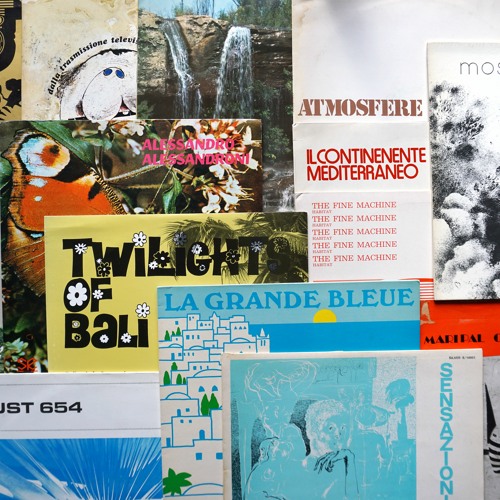


That tone then resonates through a precisely crafted soundboard, the wooden bed that runs the entire length and width of the instrument.

In general, the faster a hammer hits a string, the more its felt is depressed upon contact, creating a harder surface and a brighter and louder tone. They are covered in a semi-soft felt that provides a variety of tones depending on the speed at which the hammer hits the strings and also the age and use of the instrument. Hammers are located below the dampers, as you can see in the diagram. The diagram to the left illustrates a few of the most important parts on the inside of a piano.ĭepressing the keys of the piano starts a very complex lever in motion, resulting in the hammer striking the string, which in turn results in the sound we hear. A Brief Anatomy of A Pianoīefore we begin talking about sound and how to record the sound of a piano, we must first understand how that sound is produced and naturally amplified by the instrument. As this sound is the most commonly sought after in the studio, it makes a perfect starting place for us. The closeness of mikes is what makes the sound both the easiest to achieve, and yet also makes choosing an appropriate technique very difficult. A variety of miking techniques can be used to achieve different sounds from percussive to balanced, from narrow to wide, and from bright to mellow. There is very little room in the sound, and the room that does exist is most likely faked with a hardware or software reverb. Not only does it help eliminate bleed if the piano is recorded in the live room with the rest of a band, but it also gives the mix engineer a wide range of choices to help what usually is the physically largest instrument fit into the mix. The piano sound you will most often hear in pop music and in jazz is the close-miked sound. Miking a grand can be a daunting task, but in this article, I hope I can ease your mind by explaining a few techniques and tricks that can help you record a great close-miked piano. However, when a piano needs to be the primary focus of a mix, or when you have a very serious player in the studio, you will need a well-maintained acoustic grand to make the best possible recording. Most engineers can rely on an instrument package, like Garritan’s “Authorized Steinway” or “Ivory”, for nice sounds. In a world of sampled instruments and MIDI sequencing, recording an acoustic grand piano is not a task for the faint of heart.


 0 kommentar(er)
0 kommentar(er)
